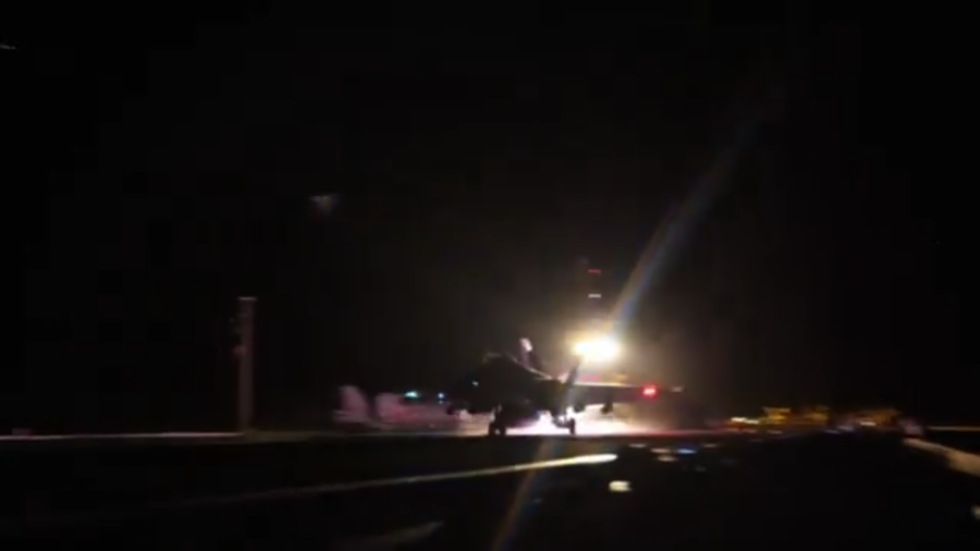The recent friendly fire incident involving the US Navy has drawn significant attention after an F/A-18 fighter jet was accidentally shot down by the guided missile cruiser USS Gettysburg while operating over the Red Sea. This mishap occurred shortly after the US Central Command (CENTCOM) announced successful airstrikes targeting missile storage facilities linked to Iran-backed Houthi forces in Yemen. The F/A-18, which had just taken off from the USS Harry S. Truman aircraft carrier, was engaged in a complex operational environment where multiple military assets were simultaneously involved in offensive and defensive measures against perceived threats in the region. Fortunately, both pilots ejected safely, although one sustained minor injuries during the incident.
CENTCOM’s press release indicated that the primary goal of the recent operations in Yemen was to disrupt and degrade Houthi capabilities, which have been a persistent threat to US and allied interests in the region. The strikes included attacks on specified sites in Sanaa, aimed at mitigating the risks posed by Houthi missile launches. Additionally, CENTCOM reported successfully intercepting multiple one-way attack unmanned aerial vehicles (UAVs) and an anti-ship cruise missile (ASCM) during the operation. These coordinated military efforts underscore the high-stakes environment and the continuous challenges faced by US forces as they navigate complex engagements against non-state actors like the Houthis.
In the wake of the incident, the USS Gettysburg’s command has come under scrutiny. CENTCOM revealed that an investigation is underway to clarify the circumstances surrounding the friendly fire incident, seeking to pinpoint the exact weaponry involved and to understand how such a mistake occurred. The USS Gettysburg acts as the air defense commander within its strike group, underscoring its critical role in identifying and neutralizing potential air threats. The findings of the investigation will be crucial to prevent similar occurrences in the future and to enhance the safety protocols within military operations.
Importantly, this incident marks a notable development in the ongoing Operation Prosperity Guardian, a mission that has been executing for the past 14 months, focusing on protecting merchant traffic in the vital maritime routes of the Red Sea and Gulf of Aden from Houthi actions. While American forces and allied partners have recorded several successes in downing unmanned aerial vehicles, the loss of the manned F/A-18 represents a significant escalation, as it is the first time a crewed American aircraft has been lost in this operational context. This highlights the emerging complexities and dangers associated with modern warfare, particularly against agile and technologically advanced adversaries.
The friendly fire incident raises questions about operational readiness and situational awareness within military forces. It exposes the risks inherent in multi-faceted military engagements where numerous aircraft and vessels operate simultaneously. Furthermore, the necessity for rigorous training, improved communication protocols, and refined rules of engagement are paramount in ensuring the safety of personnel and equipment during operations. As the investigation proceeds, there will likely be a focus on enhancing these aspects to mitigate future risks.
In summary, the downing of the F/A-18 fighter by the USS Gettysburg serves as a sobering reminder of the challenges faced by military forces in hostile environments. With operations against Houthi forces continuing, the US and its allies remain vigilant in their efforts to secure regional stability while taking steps to learn from incidents of friendly fire. The ongoing inquiry will not only seek to understand the nuances of this specific event but also aim to inform broader operational practices that safeguard both personnel and assets in increasingly complex battle theaters.

